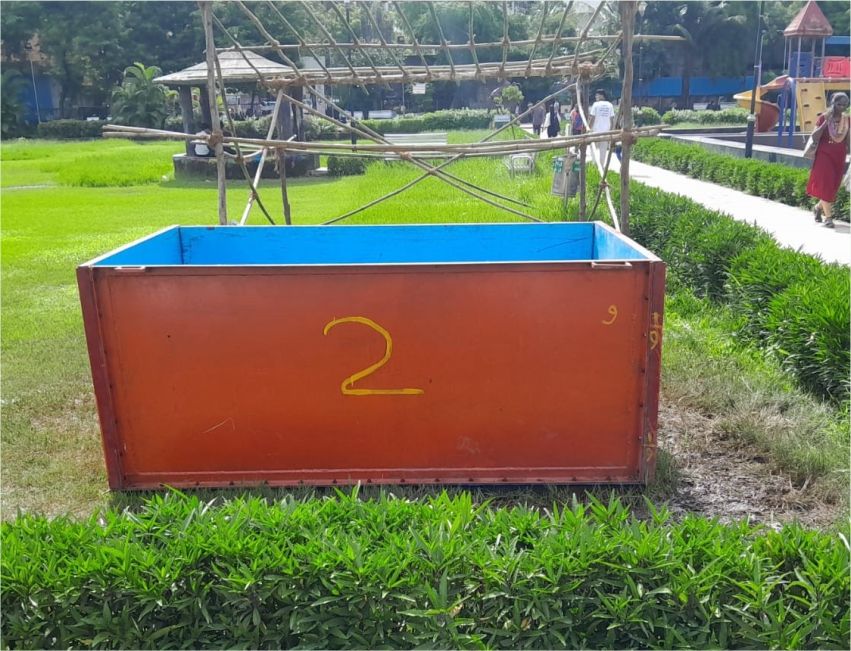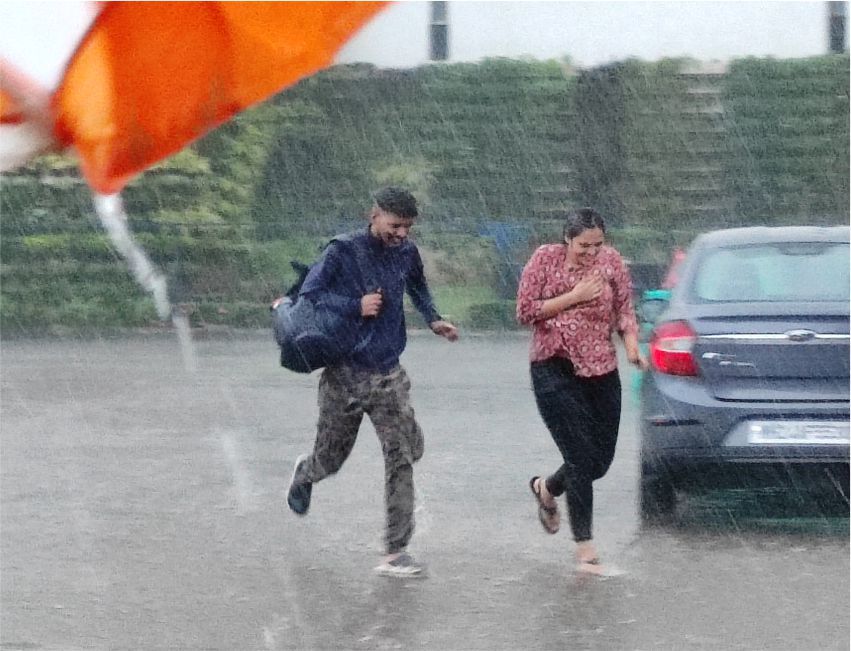How to treat burns caused due to crackers

- Christopher Rodrigues
- 09 Nov, 2023
First, determine the severity of the burn. Burns are classified into three categories: first-degree (superficial), second-degree (partial-thickness), and third-degree (full-thickness) burns. First-degree burns typically involve redness and mild pain and can be managed at home. Second-degree burns may involve blistering and more severe pain. Third-degree burns are the most severe and require immediate medical attention.
If the person is still in contact with a live firecracker, make sure to remove them from the source of the burn to prevent further injury. Ensure your own safety first before helping others.
For first-degree and some second-degree burns, cool the affected area with cool (not cold) running water for about 10-20 minutes. This helps reduce pain and prevent the burn from worsening. Do not use ice or very cold water, as it may damage the tissue further.
If there are any tight or constrictive items like rings, bracelets, or clothing near the burn, gently try to remove them. Swelling can occur rapidly, and it's essential to prevent constriction.
Cover the burn with a clean, sterile, non-stick bandage or a clean cloth to protect it from infection. Do not use adhesive bandages directly on the burn, as they may stick to the wound.
Pain management: Over-the-counter pain relievers like ibuprofen or acetaminophen can help manage pain and inflammation. Follow the recommended dosage on the label.
Seek medical attention: If the burn is larger, covers a joint, face, hands, feet, or genitals, or is a second-degree burn with extensive blistering, seek immediate medical attention. Third-degree burns always require immediate medical attention.
Don’ts to adhere to:
· Do not pop blisters, as they provide a protective covering for the healing process.
· Do not apply creams, ointments, or adhesive bandages directly to the burn, as they can trap heat and promote infection.
Prevent infection:
· Keep the burn clean and dry.
· Change the dressing daily or when it becomes soiled.
· Use an over-the-counter antibiotic ointment if advised by a healthcare professional.
Tetanus Shot: If the burn is due to a dirty or rusty object, ensure that the injured person's tetanus vaccination is up-to-date or get a booster if necessary.
It's crucial to monitor the burn for signs of infection (increased redness, swelling, pus, or fever) and to seek prompt medical attention for severe burns or if there is any doubt about the appropriate treatment. Additionally, individuals with severe burns may need specialized burn care and wound management.




